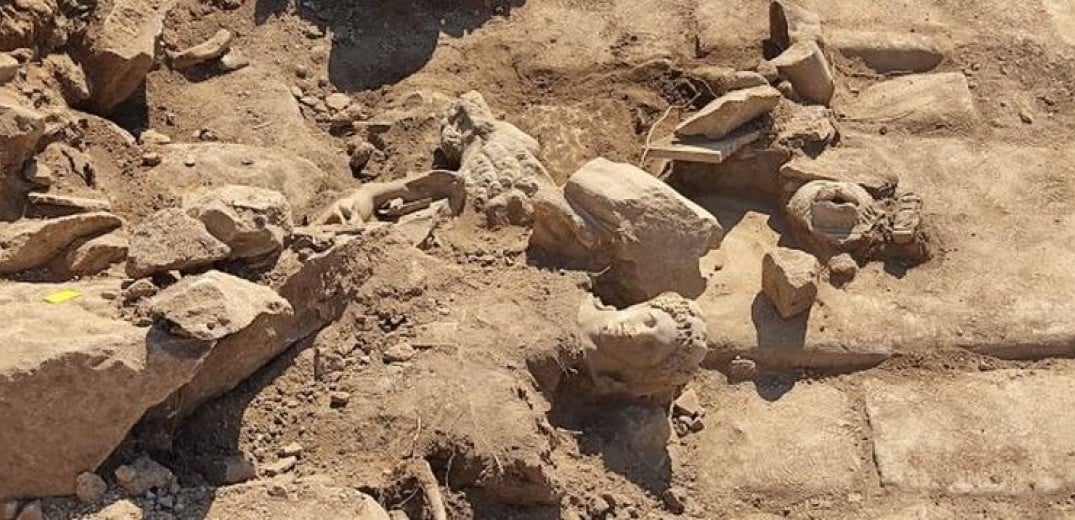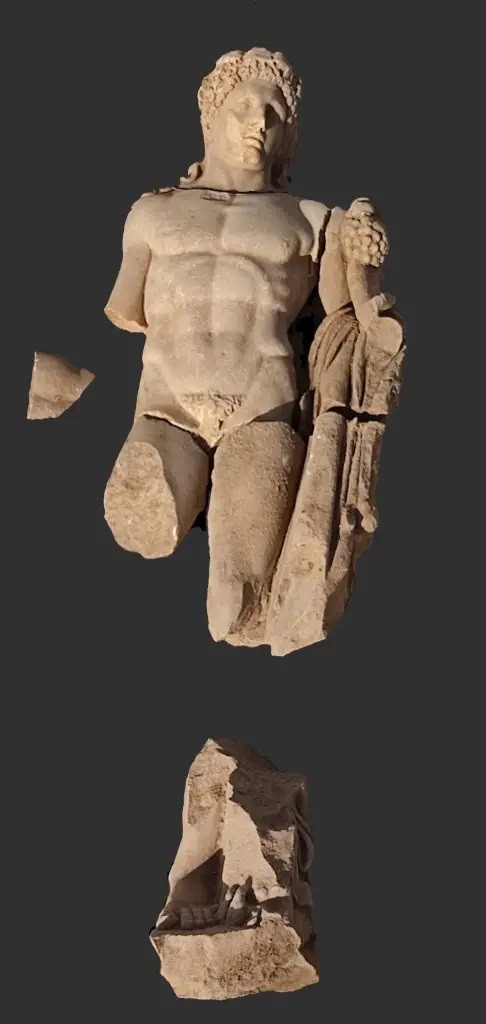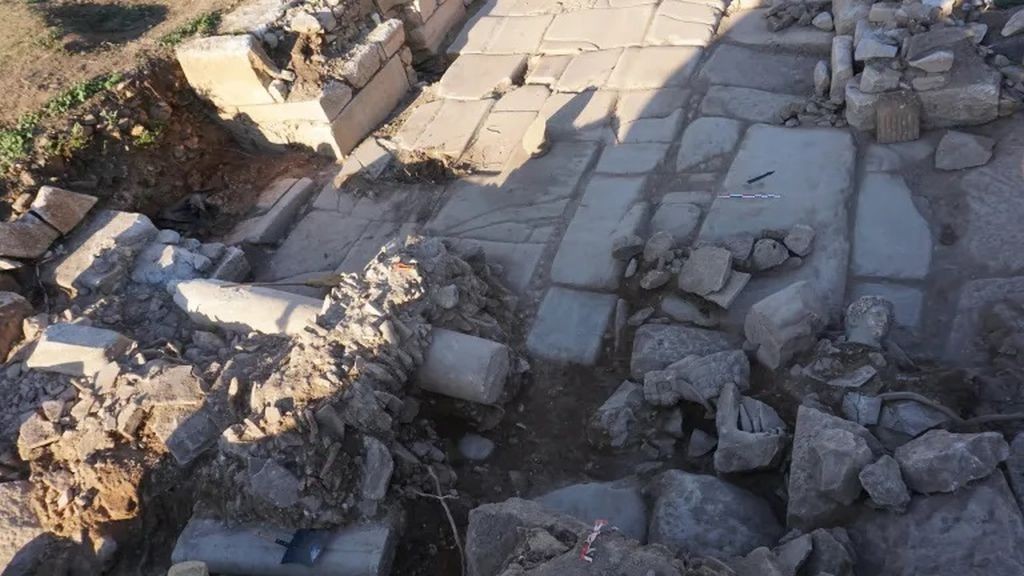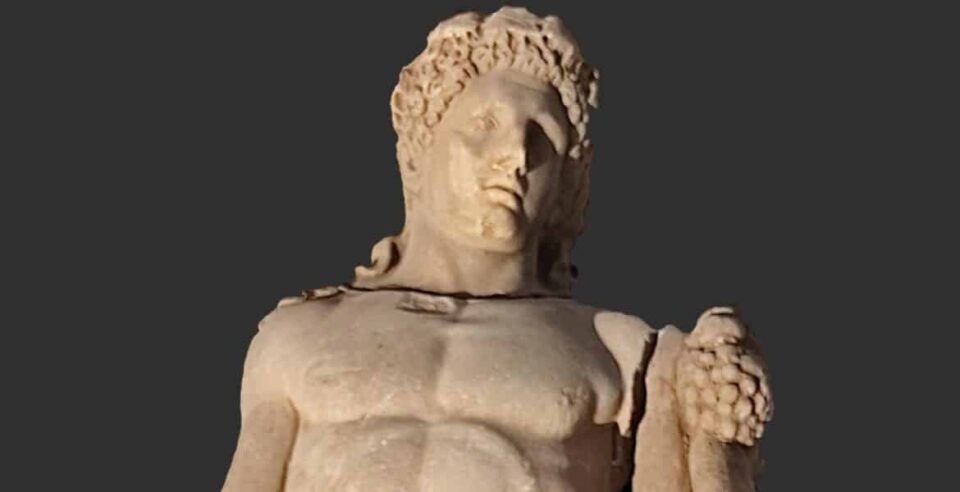
An impressive statue depicting Hercules from the Roman times was recently discovered at the ancient site of Philippi in northern Greece.
Alongside the statue, a richly decorated structure, potentially a fountain, was also found.
According to a recent announcement by the Ministry of Culture, excavations took place at the eastern side of one of Philippi’s main streets, which, at this point, meets another main axis that passes further north.
The point of convergence of the two streets is formed by a widening (a square) dominated by a richly decorated building, which would have most likely been a fountain. The building is architecturally uniquely adorned, with fragments having been uncovered.
The impressive statue of Hercules in Philippi, Greece
The magnificent statue from approximately the second century AD Roman period adds to the unique architectural style of the premises.
The statue, whose size is indeed larger than usual, depicts a youthful, nude Hercules while a fragmented club and a lion hanging from the statue’s outstretched left-hand attest to the figure’s identity. A wreath of vine leaves— held together by a ribbon in the back, the ends of which rest on Hercules’ shoulders— further adorns the statue.

The impressive statue comprised the building’s decorative elements and dates to the 8th to 9th century AD. Due to countless sources and the rich archeological data in Constantinople, it is known that statues from the classical and Roman periods adorned buildings and public spaces into the late Byzantine period.
Thus, the find is indicative of the manner in which public spaces in various cities throughout the Byzantine Empire, including Philippi, were decorated.


The ancient city of Philippi
Philippi was established in 356 BC by the King of Macedon, Philip II, on the site of the Thasian colony of Crenides near the head of the Aegean Sea. Centuries later, it was abandoned after the Ottoman conquest of the 14th century. The present municipality of Filippoi is located near the ancient city’s ruins and is part of the region of East Macedonia and Thrace in Kavala, Greece.
The ancient city is currently the most vital archeological site in the region. However, the first excavations did not begin until the summer of 1914 and were soon interrupted by World War I. Between 1920 and 1937, archeologists unearthed the Greek theater, forum, baths, and city walls. Following World War II, Greek archeologists returned to the site, uncovering multiple public buildings.
